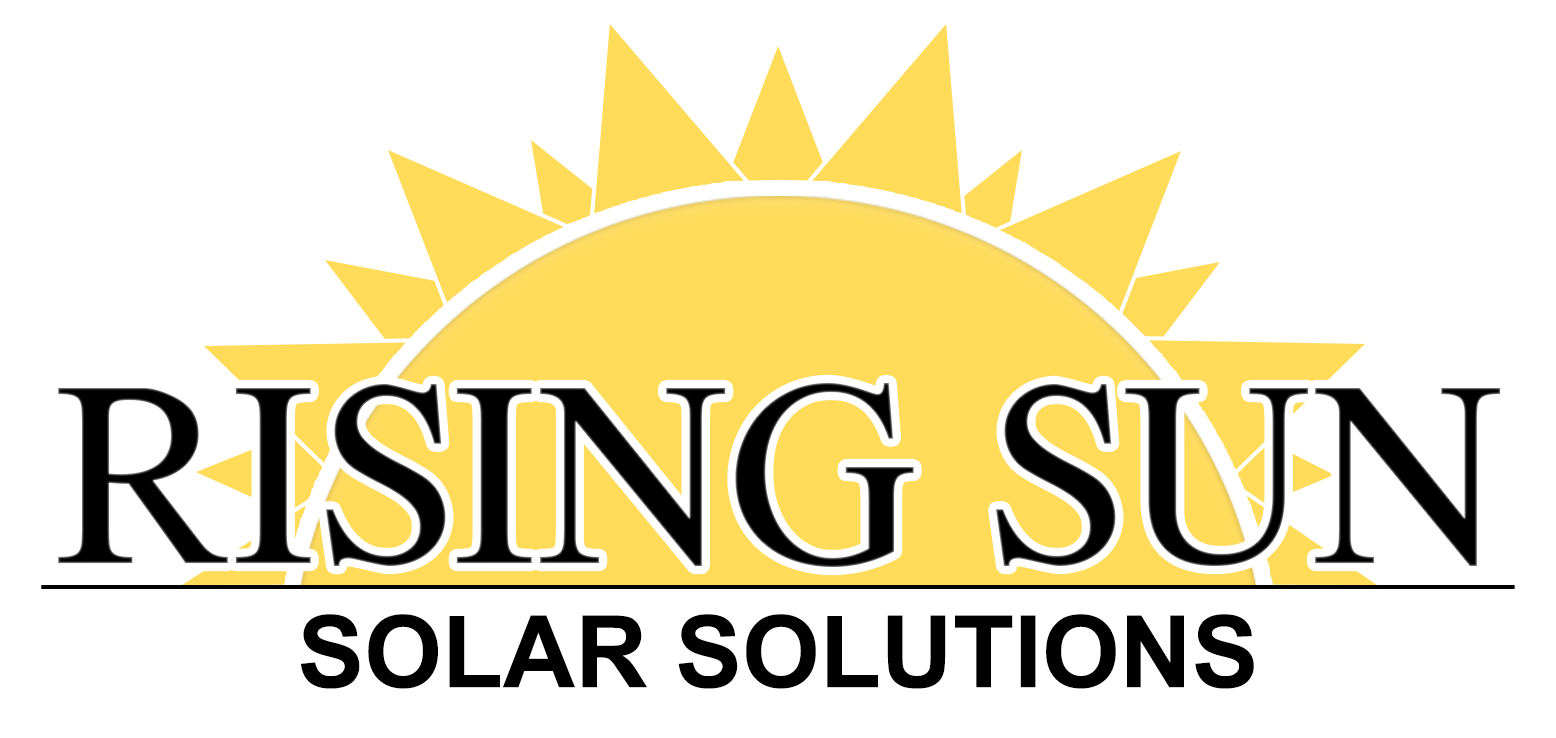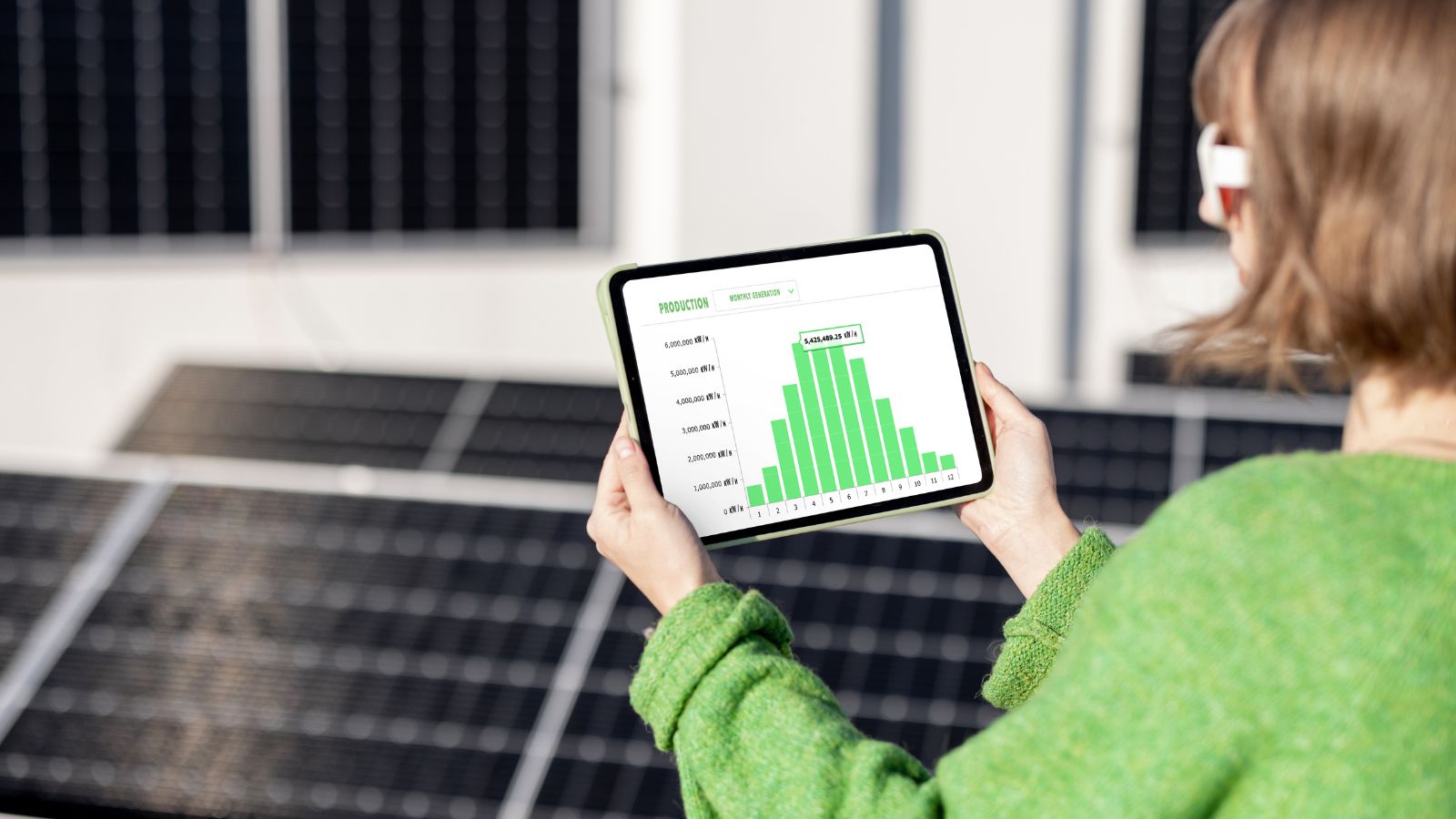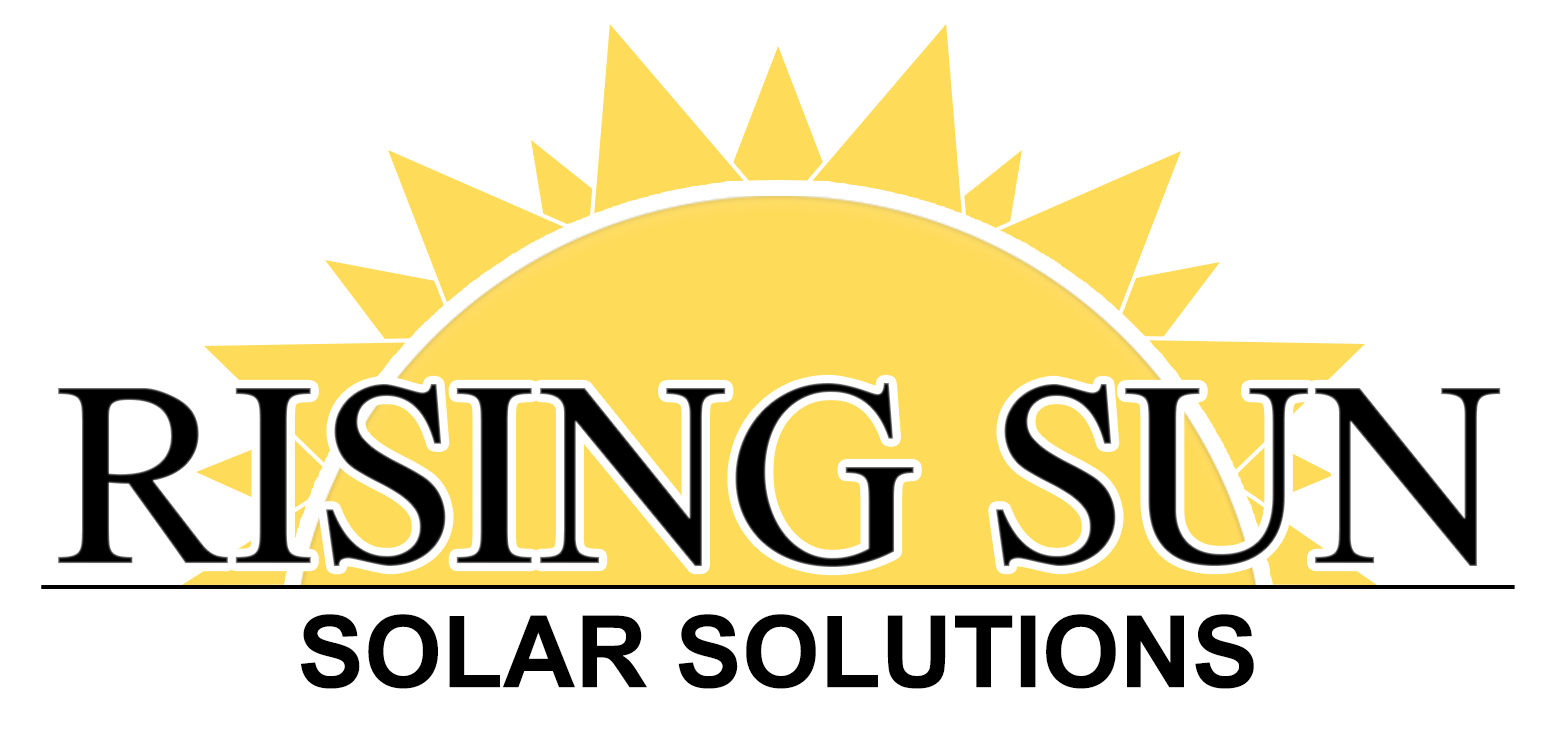Solar panels have become increasingly popular as a renewable energy source, offering a sustainable and eco-friendly way to generate electricity. If you’re considering investing in solar panels for your home or business, it’s essential to understand how much energy a solar panel can produce. In this article, we’ll explore various aspects of solar panel output, from ratings and calculations to the factors that influence it, its applications, and cost considerations.
What Are Solar Panel Output Ratings?
Solar panel output is determined by its DC (direct current), which means the energy it’s producing that will be used to power your home or office. This is typically rated in terms of watts (W) and kilowatts (kW). Measured in a timespan, the DC is expressed in kW/h (kilowatts per hour.)
There are two main ratings used to evaluate the DC:
- STC (Standard Test Conditions): This rating represents a solar panel’s output under ideal laboratory conditions, including a fixed temperature and standard sunlight intensity. It is often referred to as the panel’s peak power rating and is typically labeled in watts (e.g., 300W)
- PTC (PVUSA Test Conditions): PTC is a more real-world rating that accounts for factors like temperature and the angle of sunlight. These types of ratings are often slightly lower than STC ratings and provide a better estimate of a panel’s performance in practical applications.
Understanding these ratings is crucial to help you gauge a panel’s potential output.
How to Calculate How Much Energy a Solar Panel Produces
If you are wondering how much energy does solar power produce per panel, you can use the following simple formula:
Energy (kWh) = Power (kW) x Time (hours)
For example, a standard 300W solar panel that receives five hours of sunlight per day would look like this:
Energy = 0.3 kW x 5 hours = 1.5 kWh per day
This calculation determines how much energy a solar panel produces each day. You can use the output to see how many solar panels do you need to power your home. Having enough panels and the right conditions will allow your unit to produce up to 100% of your electricity requirements.
What Factors Determine Solar Panel Output?
The energy output of a solar panel has a limit, which is influenced by several factors. The main two factors are the solar panel’s cell efficiency and the size of the solar panel.
Let’s see how each one affects the potential of your panels.
Solar Panel Efficiency
Solar panel efficiency refers to how well a panel converts sunlight into electricity. Higher-efficiency panels will produce more power for the same surface area.
Most silicone-based solar panels fluctuate around 20% efficiency. Some of the energy is lost through the process of carrying the direct current (DC) from the solar cells to the inverter that transforms it into an alternating current (AC) to power your home or business.
According to the U.S. Department of Energy’s National Renewable Energy Laboratory (NREL), they have made one of the most efficient PV solar panels with the potential to reach up to 3.9% efficiency. As technology advances so does the solar PV capacity, making more energy with less during its transfer.
Solar Panel Size
Larger panels typically contain more solar cells and can generate more electricity. However, the size of your solar panel system may be limited by available roof space or budget constraints.
The two standard solar panel sizes are 60-cell solar panels and 72-cell solar panels. A 60-cell panel works well for residential solar projects as they measure about 5.4’ by 3.25’. The 72-cell panels have another row of cells, making them longer at about 6.5’. These panels have a larger output, ranging from 350W to 400W, which is better for large commercial solar projects.
How Does the Environment Affect Solar Panel Output?
The mechanics of solar panels aren’t the only thing that controls how much energy your solar panel produces. In a real-world application, the environment also plays a vital role in your output.
Shading refers to the objects surrounding your solar panels that may block the sun at certain parts of the day. This may include trees as well as your house or another structure.
The Orientation of your solar panels means their angle and direction in relation to the sun. For optimal performance, solar panels should face south when possible. They usually are placed at a 30- to 45-degree angle to match the slant of your roof. Placing the panels flat may limit their ability to capture the sun’s rays during the morning or evening when it is on the horizon.
Hours of Sunlight is based on your location and the time of year that determines how long the sun is up. You will get more sun (and more output) if you are closer to the equator and during the summer months.
What Can You Power with a Single Solar Panel?
A typical house uses about 800 kWh to 1,000 kWh a month. So, if the average solar panel produces about 300W a day that would equal roughly 1.5 kWh which is 45 kWh a month. This means that a single solar panel can power various devices and appliances, including:
- LED lights
- Small electronics (e.g., phone chargers)
- Fans
- Water pumps
- RVs and boats
- Solar-powered heaters
However, to power all the electronics and devices in your home or small business it would require an average of 16-21 solar panels.
How Much Energy Will an Entire Solar Panel System Produce?
The energy production of an entire solar panel system depends on all the factors mentioned above: the number of panels, their individual ratings, the system’s efficiency, and the environmental surroundings and climate conditions. However, a typical residential solar panel system can generate enough electricity to meet most or all of a household’s energy needs, reducing or eliminating the reliance on grid electricity.
Solar Panel Output and Cost
The output of a solar panel is directly related to the cost of solar panels in Maryland. High-efficiency panels with better output often come at a premium price. It’s essential to strike a balance between panel quality, cost, and your energy goals when designing a solar system.
But remember that solar panels are an investment and come with a high ROI. It takes about 10 years to start seeing an ROI for solar panels with an average final ROI of about 10%. This is achieved by the average lifespan of solar panels which is between 25 to 35 years.

A major benefit of solar is that you can offset the cost by using Maryland solar power incentives. Federal tax credits and local rebates will help you subsidize your solar unit so that you can add more panels and battery storage, increasing your output.
Why Does Solar Panel Output Matter?
Solar panel output matters because it directly impacts the effectiveness of your solar system. A higher output means you can generate more electricity and reduce your reliance on fossil fuels, resulting in greater energy savings and a more significant environmental impact.
Plus, the price you pay reflects the potential solar panel output. So, if you want more output then you need to consider the quality of your panels and the number of panels to produce the desired amount of energy.
Common Questions About How Much Energy a Solar Panel Produces
1. Can I run my entire home on solar panels?
Yes, it’s possible to power your entire home with a solar panel system, provided it’s appropriately sized to meet your energy needs.
2. What happens on cloudy days or at night?
Solar panels produce less electricity on cloudy days or at night since they rely on sunlight. Battery storage systems can store excess energy for use during these times.
3. How long do solar panels last?
Solar panels can last 25 years or more. At Rising Sun Solar Solutions, we have a 25-year manufacturer’s warranty and a 10-year warranty on the installation of your solar panels. We also help with solar panel maintenance to keep your system running at its prime. of 25 years for power output, ensuring consistent performance over time.
4. Can I add more panels to my system later?
Yes, it’s possible to expand your solar panel system by adding more panels as your energy needs change.
Finding Your Solar Potential
Understanding solar panel output is crucial for making informed decisions about harnessing solar energy. But, sometimes it can get confusing when you try to calculate your solar needs and output on your own.
Luckily, we are here to help you know just how much energy does a solar panel produce for your home or business. We do this by assessing your property and energy consumption so that you aren’t left with a unit that produces too much or too little energy.
Get started by contacting us to speak with our solar expert about your solar potential.


